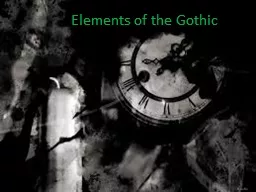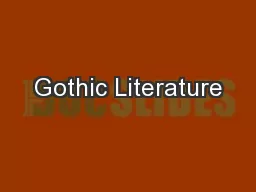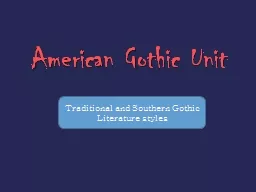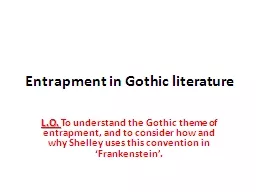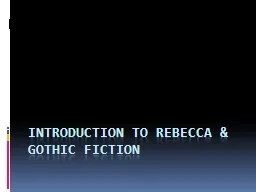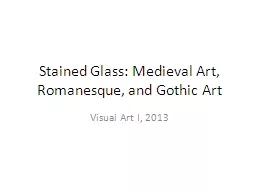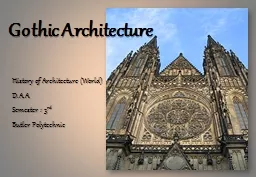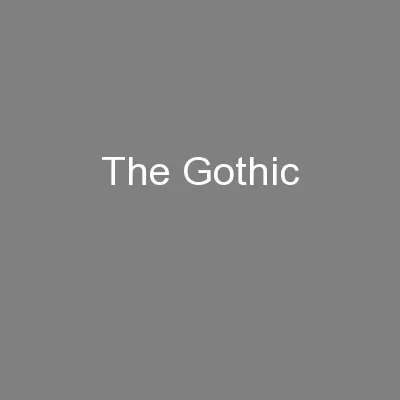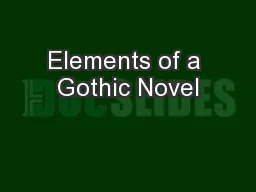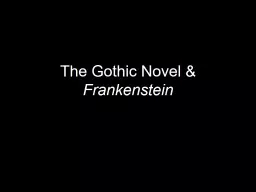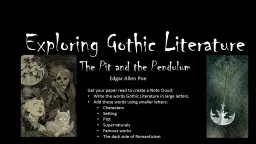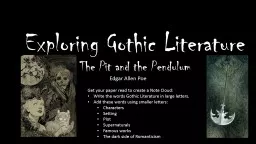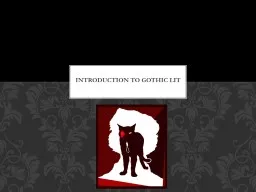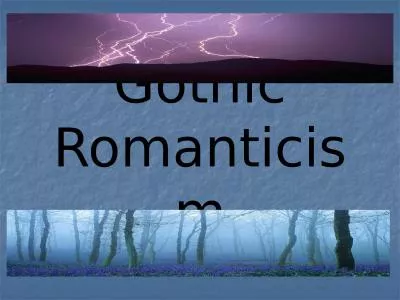PPT-Elements of the Gothic
Author : sherrill-nordquist | Published Date : 2016-05-12
1 Setting in a castle The action takes place in and around an old castle sometimes seemingly abandoned sometimes occupied The castle often contains secret passages
Presentation Embed Code
Download Presentation
Download Presentation The PPT/PDF document "Elements of the Gothic" is the property of its rightful owner. Permission is granted to download and print the materials on this website for personal, non-commercial use only, and to display it on your personal computer provided you do not modify the materials and that you retain all copyright notices contained in the materials. By downloading content from our website, you accept the terms of this agreement.
Elements of the Gothic: Transcript
Download Rules Of Document
"Elements of the Gothic"The content belongs to its owner. You may download and print it for personal use, without modification, and keep all copyright notices. By downloading, you agree to these terms.
Related Documents

